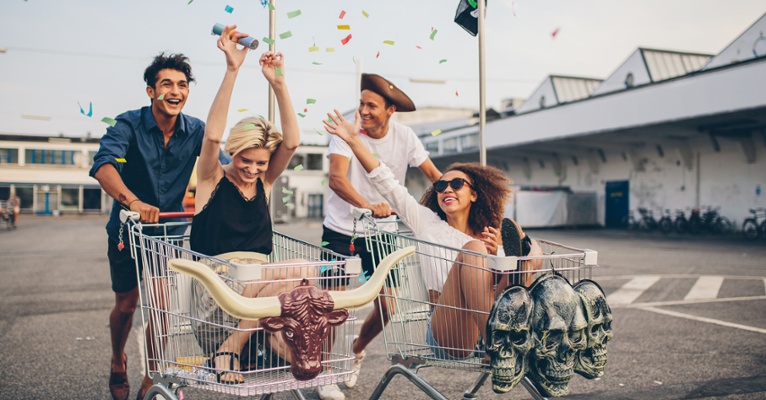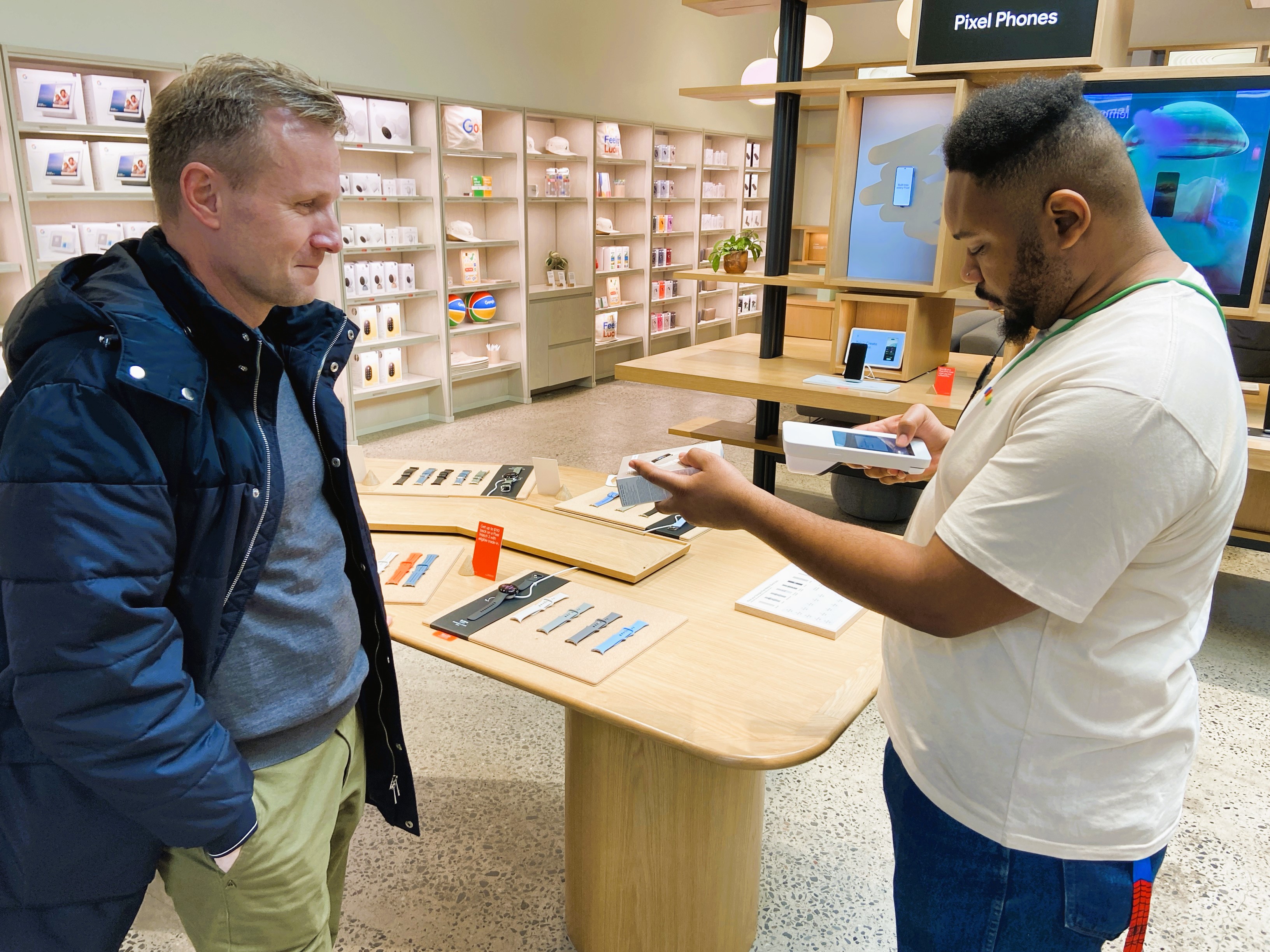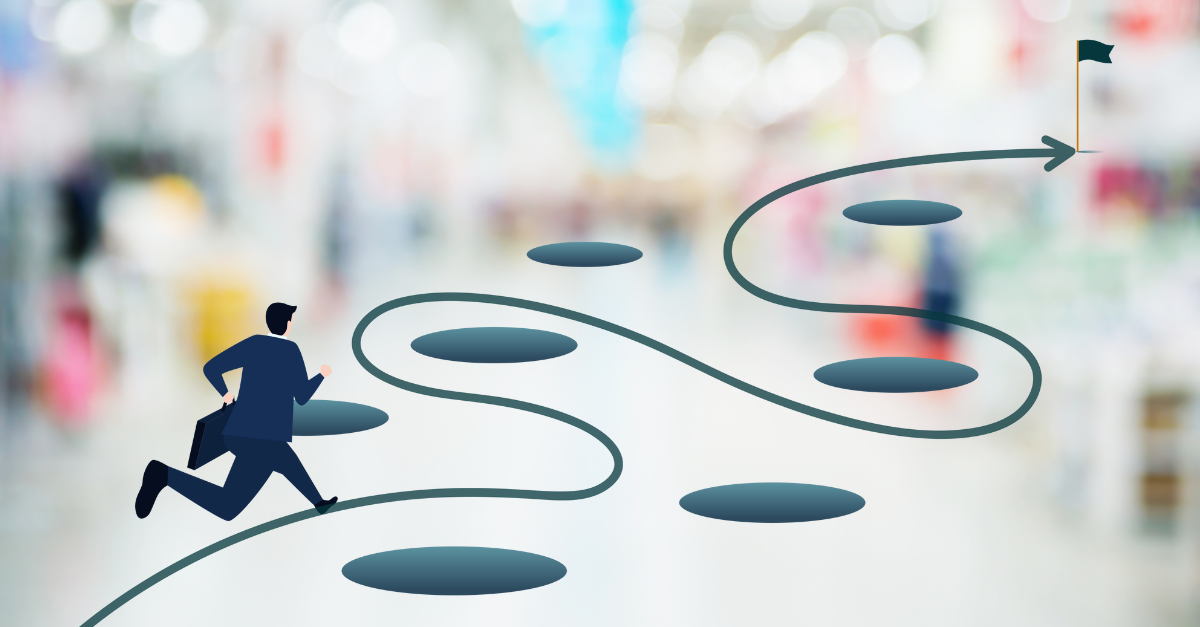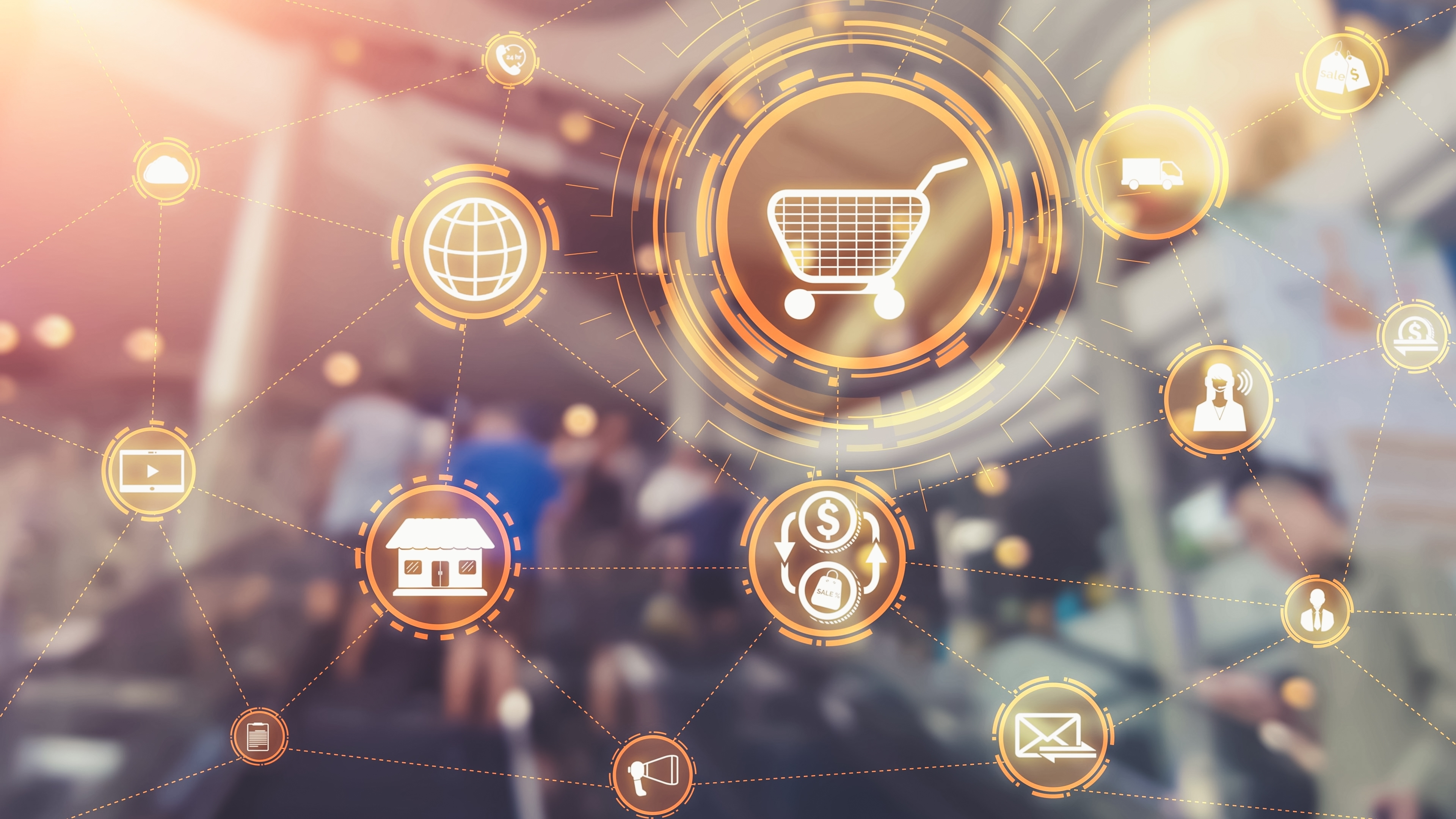Today, physical retailers have had to reinvent their role in the market and find new and creative ways to win back customers. Even though it may sound like a difficult task to compete with "open 24 hours a day", "delivery directly to your door," and "shopping without having to wait in line," physical retailers have a clear advantage they can and should take advantage of.
Win back customers with retailtainment
Have you ever walked into a store and been drawn by the music, atmosphere, and surroundings without these elements necessarily involving the store's products? Maybe you have passed the clothing store Arket in Copenhagen and experienced how a café that sells vegan and vegetarian food has found a place among shirts, pants, and socks?
When Arket places a café in the store, the purpose is to give their customers an extraordinary experience. Today, consumers are more interested in experiences than material things. According to Eventbrite, 78 percent of millennial consumers prioritize spending money on an experience or event over a physical product.
Therefore, it is unlikely that physical stores will become irrelevant anytime soon. Although e-Commerce is becoming increasingly popular, physical retailers can offer real-life experiences which is more valued than ever before.
This is where "retail entertainment" or "experimental shopping" comes into the picture. According to its originator, sociologist George Ritzer, the concept is based on sound, atmosphere, and activity, making customers interested in the products and in the mood to buy. Good in-store experiences can make shopping a social, de-stressing, and/or entertaining activity.
Retailtainment 2.0
Retailtainment is not a new concept designed to save physical retail. Ritzer already introduced the concept in 1999. Even before that, in 1951, a man named Victor Gruen invented the first American mall to provide consumers with a place where shopping was an enjoyable activity. He imagined how indoor spring cafes and nicely displayed products in the windows would give customers an experience of being in a market in Europe.
However, especially today, in the wake of Covid-19, it is extra valuable for physical retailers to use retail entertainment as a tool to win back customers. When e-Commerce is advancing at lightning speed, retailtainment is how physical retailers can regain their place in the market.
Get succes with retailtainment
Imagine you have decided to introduce retail entertainment in your business. In that case, there are three important questions you should ask yourself before to ensure that you successfully create the best environment for your particular customers.
1. Who is my costumer?
Familiarize yourself with your ideal customer, what preferences they have, and how to best entertain them.
2. What appeals to my customer?
Out of the many retailtainment initiatives, choosing the most appealing to your customers is essential. Is your customer someone who wants to be entertained through games? Or maybe someone who wants an experience in beautiful surroundings and a calm atmosphere?
3. What trends can I take advantage of?
Investigate what trends are hot in your industry right now. For example, if it is sustainability, it may be relevant to introduce it as an element in your use of retailtainment.
Good examples
In addition to Arket and various department stores, many retailers have implemented retailtainment in their physical stores and have had great success. In the following, we have collected four examples:
LEGO
LEGO has definitely taken retailtainment to the next level. In their physical stores, customers are met with significant and beautifully constructed Lego figures placed in areas where children can play with Lego bricks. They have a "pick-a-brick" wall that challenges the children to think outside the box and stages their products in a unique, fun way. In addition to giving customers an extraordinary experience in their physical stores, Lego also has several amusement parks.
Vans
In London, Vans's clothing and shoe brand has created an extraordinary experience for their customers in the store "House of Vans." The place is tailored for young people with art, music, street culture, and fashion. As a young individual, you can come to shop for Vans' products and be among your peers. In the House of Vans, you will find a cinema, café, live music, and a mini skate ramp. Vans' implementation of retailtainment is clear proof that they know their customers well and create experiences to their liking.
The North Face
In the adventure brand The North Face's store in SoHo, Manhattan, you can see, feel and experience the story behind the brand you buy. The store is, in many ways, a museum of the North Face's history. When you walk around the store, you will, among other things, be presented with a replica of an early design of the North Face's logo. The logo gives you an understanding of how the brand got its name. You can see both original products created by North Face founders and athletes over time, together with products used for various excursions. For example, the climber Emily Harrington used a North Face sleeping bag on a particularly challenging trip, which is on display.
Nike
Nike's flagship store in New York is another example of the provider's successful retail entertainment. There is, i.a., a mini basketball court with cameras that record your moves from different angles in the shop. A treadmill that simulates outdoor running while filming your run so that Nike employees can recommend you the best running shoes. There is even a small enclosed area where you can play football, a shoe bar where customers can personalize their new sneakers, and specialists available who can take the customer through exercises to test which shoes are best for them.
Of course, you do not have to implement retailtainment at the same level as the abovementioned brands to be successful. As previously mentioned, it is about knowing your customers, understanding what appeals to them, and what the trends in the market are. You will come a long way with a bit of help from music, decor, and great ideas.



